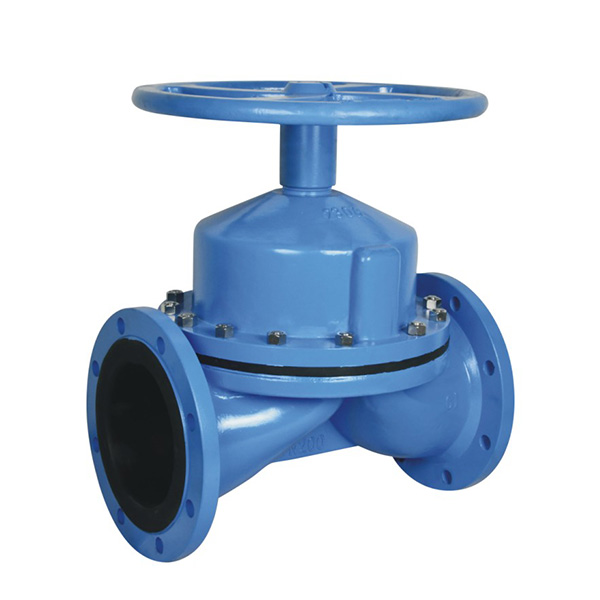The Ultimate Buyer's Guide for Purchasing weir type diaphragm valves
Understanding the Weir Type Diaphragm Valve
The weir type diaphragm valve is widely acknowledged for managing corrosive and abrasive media effectively. Its distinctive configuration includes a raised "weir" or saddle across the flow path. This design not only enhances flow control but also minimizes dead space, which is essential for applications like clean-in-place (CIP) and sterilize-in-place (SIP) procedures, as it reduces media residue accumulation. Grasping the mechanics and strengths of the weir type diaphragm valve is crucial before making a purchase decision.
Materials of Construction and Compatibility
When choosing a diaphragm valve, the materials used in its construction are pivotal. Typically, the diaphragm is crafted from elastomers such as EPDM, PTFE, or other materials that align with the chemical compatibility of the media flowing through the valve. Valve bodies can be manufactured from a range of materials, including stainless steel, cast iron, or plastic. It's particularly important for industries handling highly corrosive substances to select a material that can withstand degradation to prevent frequent replacements or leaks.

Key Material Considerations
Diaphragm Material: PTFE is favored for its excellent chemical resistance, while EPDM is known for flexibility and suitability for various water and air applications.
Valve Body: Stainless steel is typically preferred for high-temperature and corrosive environments, whereas plastic may be selected for less aggressive conditions to reduce costs.
Flow Control and Precision
A significant consideration for customers is the precision of flow control offered by the valve. The weir type design excels in regulating the flow of liquids and gases, allowing for smooth transitions between open and closed positions. This makes it especially useful in situations that demand precise flow adjustments, such as in the pharmaceutical or food processing sectors where consistent flow rates are critical. For those looking for accurate flow rate control, selecting a valve with dependable actuation options—such as manual, pneumatic, or electric actuators—is vital.
Maintenance and Longevity
To ensure long-term reliability, regular maintenance is essential for diaphragm valves. The diaphragm, being a wear part, requires periodic inspection and replacement. Fortunately, weir type diaphragm valves are recognized for their straightforward maintenance, offering easy access to internal components and uncomplicated replacement procedures. To reduce downtime, users should opt for valves with conveniently replaceable diaphragms and check for industry certifications that signify durability for continuous use.
Maintenance Tips
Schedule routine inspections of the diaphragm to catch early signs of wear.
Choose valves with modular designs for easy repairs and part replacements.
Verify that replacement diaphragms can be easily sourced from the manufacturer.
Cost Considerations
The price of diaphragm valves can differ significantly based on factors like materials, size, and actuation options. However, it’s crucial to also consider the long-term cost of ownership. Valves with lower initial costs might necessitate more frequent maintenance or replacements, ultimately resulting in higher operational expenses. Investing in a high-quality valve constructed from durable materials can lower overall costs by lessening the need for replacements and minimizing system downtime.
Conclusion
In the process of selecting a weir type diaphragm valve, it is essential for customers to assess their application requirements, including chemical compatibility, flow control accuracy, and maintenance needs. By selecting appropriate materials and actuation methods, customers can ensure reliable performance and longevity even in the most demanding settings. Dedicating time to carefully evaluate these parameters will contribute to improved system efficiency and a better return on investment.

Comments